Your Cart is Empty

Those prayer flags you’ve hung at your desk and on your bike are not just some fancy accessory. Everything right from the colour to the words on the flags has a deeper meaning. Prayer flags essentially carry our prayers via the wind to get them answered. Here’s what you need to know about them before telling your friend visiting Leh-Ladakh to get some for you.
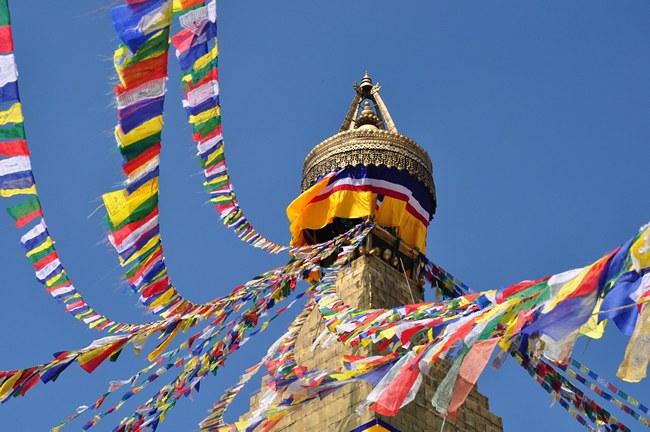
IMAGE CREDIT: SEARCH.LIVE.COM
The red, blue, yellow, white and green represent elements like air, fire, water and earth. White symbolises air, red is fire. Green is water, yellow is earth, and blue is wind. They also represent directions – North, South, East, West and Center.
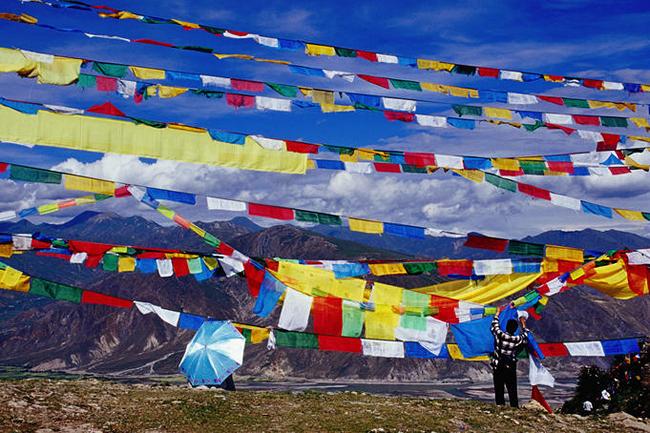
IMAGE CREDIT: CHRONICLE PROJECT
Om- The sacred syllable
Mani- Jewel
Padme – Lotus
Hum – Spirit of enlightenment
This mantra does not have one particular meaning. It’s a combination of values like compassion, ethics, patience, diligence, renunciation and wisdom. It is said that if you recite the mantra during meditation, it can cure pride, jealousy, ignorance, greed and aggression.
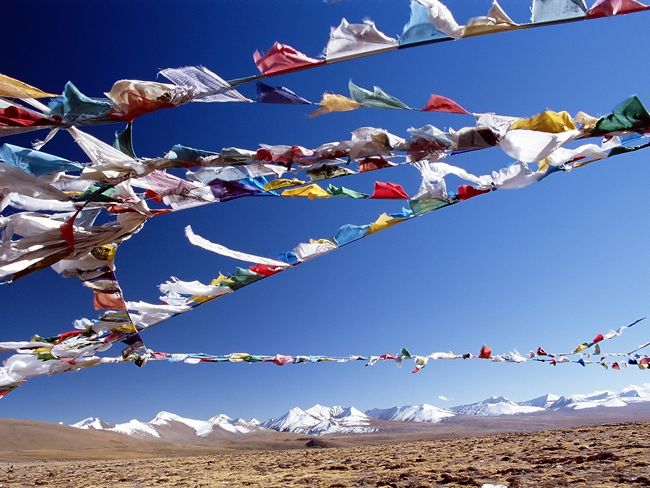
IMAGE CREDIT: PRAYERFLAGS.TUMBLR.COM
The reason why they are put high above the roof is so that they flutter in the wind. It is said that they emit positive spiritual vibrations and that the prayers are carried by the wind like silent prayers.

IMAGE CREDIT: WIKIPEDIA
Getting prayer flags as a gift from someone and not buying them is how you should acquire a prayer flag. Therefore, telling a friend who visits Leh-Ladakh to get you prayer flags is the right thing to do.

IMAGE CREDIT: TIBETANINCENSE
The horizontal ones are called Lung Dar and the vertical ones are Dar Cho.

IMAGE CREDIT: FLICKR
It is considered disrespectful if the flags touch the ground. Therefore, they should always been hung at a height. Around the frame of the doorway is considered the right place to put the flags.
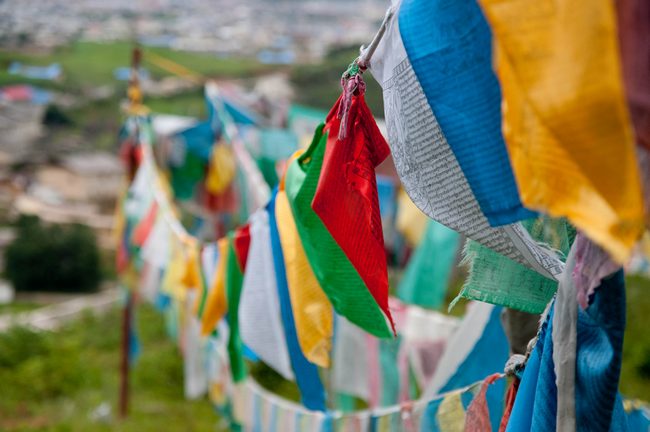
IMAGE CREDIT: INTOTHEMIDDLEKINDOM
This means that the prayers were carried by the breeze - fading colours are a sign of it.
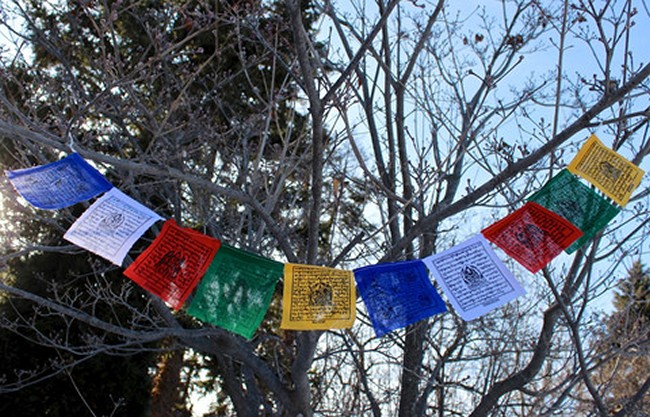
IMAGE CREDIT: DHARMASHOP
And if you gather your family and well-wishers while doing so, the flags then are said to have a positive impact on your life.
Comments will be approved before showing up.
